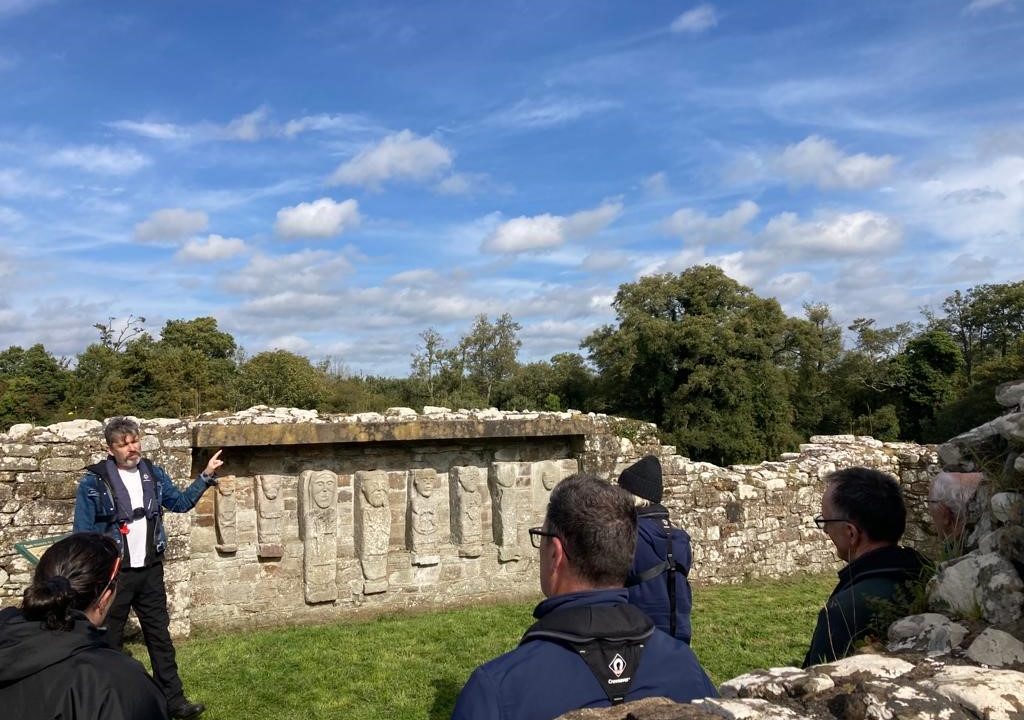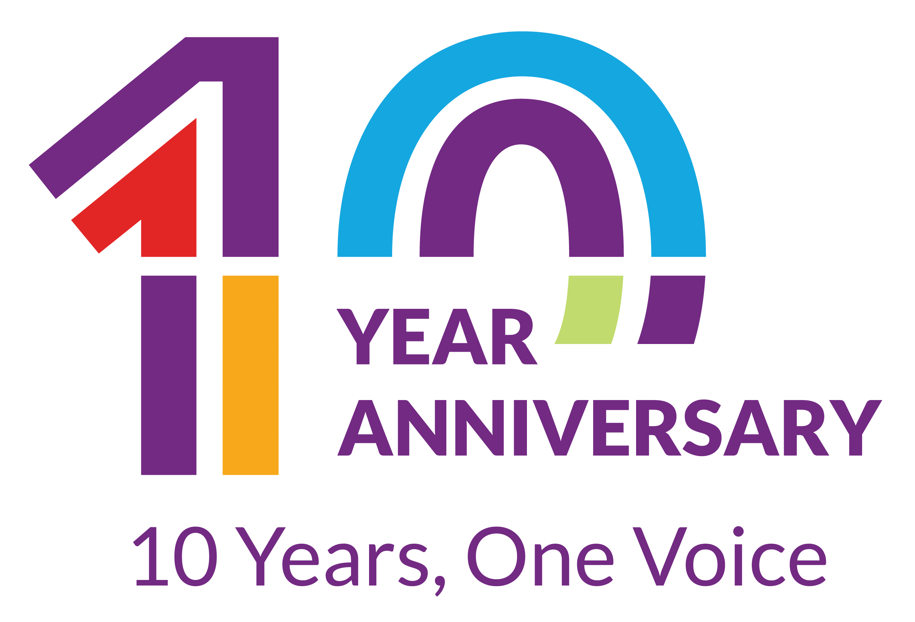Discovery of new archaeological findings at White Island and Davy’s Island
18th December 2023

A fully booked free community event, organised by Fermanagh and Omagh District Council, took place at Castle Archdale Country Park recently as part of the Lough Erne Pilgrim Way project.
The Lough Erne Pilgrim Way project aims to raise awareness of the history and heritage of the former island monasteries located on the lough and to link sites of the historic Christian pilgrimage route along Lough Erne to Lough Derg in Co. Donegal for residents of, and visitors to, the Fermanagh and Omagh district.
Event participants had the opportunity to learn about exciting new findings uncovered during archaeological surveys, undertaken by Wessex Archaeology, on Lower Lough Erne’s White Island and Davy’s Island. Findings have identified previously unknown archaeological remains on the islands, using state-of-the-art equipment and techniques.
White Island and Davy’s Island are two Early Christian monastic sites of great historic significance.
White Island North, located west of Castle Archdale Bay, includes the ruins of an enclosed medieval church, with a series of seven unique carved stone figures and the only known example of an in-situ 12th century Romanesque doorway in Northern Ireland.
Davy’s Island, the smaller of the two islands, is situated to the south of White Island, and includes the ruins of a church and enclosure, possibly connected to Kiltierney Abbey, near Ederney. In addition to significant built heritage, the islands on Lower Lough Erne are important nature reserves and havens for wildlife including Lapwings, Curlews, Snipe and a unique inland colony of breeding Sandwich Terns.
As part of the community day event, visitors had the opportunity to travel out to White Island and around Davy’s Island in shuttle boats. Tour guides, with representatives from both Department for Communities Historic Environment Division and RSPB, provided insights into the sites’ unique built and natural heritage.
During the other half of the event, Patricia Edwards and Anthony Russell of Wessex Archaeology briefed visitors on the survey findings and gave a demonstration of the techniques involved.
The new archaeological features found include possible prehistoric activity, suggesting that the importance of the islands pre-dates their significance as Early Christian monastic sites. Potential sunken barrows (burial sites) or burnt mounds (places where water was heated, potentially for washing or cooking), suggestive of possible Bronze Age (around 2400 to 600 BC) activity, were identified on the highest points of both islands. A wonderful detailed visual explanation of the process, findings and analysis of the surveys has been created as a digital story map, accessible through this link
https://tinyurl.com/LEPW-Archaeology
The free community event was organised by Fermanagh and Omagh District Council as part of the wider Lough Erne Pilgrim Way project. The Lough Erne Pilgrim Way project is being delivered by Fermanagh and Omagh District Council in partnership with the Lough Erne Landscape Partnership, with funding from The National Lottery Heritage Fund, Waterways Ireland and the Department for Communities Historic Environment Division.
Speaking about this successful event, Chair of Fermanagh and Omagh District Council, Councillor Thomas O’Reilly said:
“This new information allows us to better understand the archaeology and history of these two important sites on the Lough Erne Pilgrim Way. The community event showed that this history is of interest not only to our local communities, but to people from far and wide, and we look forward to welcoming more people to discover this remarkable history once the Lough Erne Pilgrim Way project is complete next year. I would like to thank all those who supported the organisation of the community event which has been a fascinating day for all those in attendance.”
Speaking about the event and the overall Lough Erne Pilgrim Way project, Elmarie Swanepoel, Programme Manager of the Lough Erne Landscape Partnership said:
“I would like to congratulate the Council on a really successful, and highly engaging event. The new archaeology findings on these two sites will help to strengthen the understanding of the rich and fascinating history of Lough Erne. The Lough Erne Pilgrim Way project, led by Fermanagh and Omagh District Council, highlights several sites inspired by the historic pilgrimage route along the Erne to Lough Derg. The project aims to enhance physical and/or intellectual access to the sites, increasing awareness and understanding of the history and heritage of the great island monasteries, creating visitor experiences and journeys along the way and aims to increase community engagement and volunteering activities associated with the sites on the Way.”
Dr Paul Mullan, Director, Northern Ireland at The National Lottery Heritage Fund, said:
“Thanks to players of the National Lottery, we can continue to invest in protecting and preserving unique built and natural heritage in and around Lough Erne. We’re delighted to see the success of this community event, and it is a great example of how working together with other organisations helps to connect communities to the past, present and future. This important event will help to inspire generations to come, allowing people to learn about this breath-taking landscape and its fascinating and distinctive monastic heritage. I’m sure it will inspire many more visitors, giving them the chance to literally walk through history and explore the uniqueness of this iconic place and the Lough Erne Pilgrim Way.”
Patricia Edwards, Terrestrial Geophysics Project Manager at Wessex Archaeology said:
“After undertaking our surveys we now understand that the medieval and ecclesiastic sites on both islands are more extensive than previously thought. To be able to share our results directly with members of the local community has been really rewarding. Creating the digital story map means even more people can explore and engage with our archaeological findings and connect with this landscape in a new way. It’s been brilliant to work with so many people from different disciplines and to find out new information about these islands. We have uncovered a new piece of the puzzle that only gives us a tantalising glimpse of the archaeological potential for this region. We can’t wait to see what happens next.’’
A range of community events, conservation initiatives and work to improve physical and virtual access to various locations along the Lough Erne Pilgrim Way is currently ongoing as part of the project in collaboration with a number of organisations, communities and local businesses.
To keep up to date with the Lough Erne Pilgrim Way project please visit Enniskillen Castle Museums website at www.enniskillencastle.co.uk or follow Enniskillen Castle: Fermanagh County Museum on Facebook.

